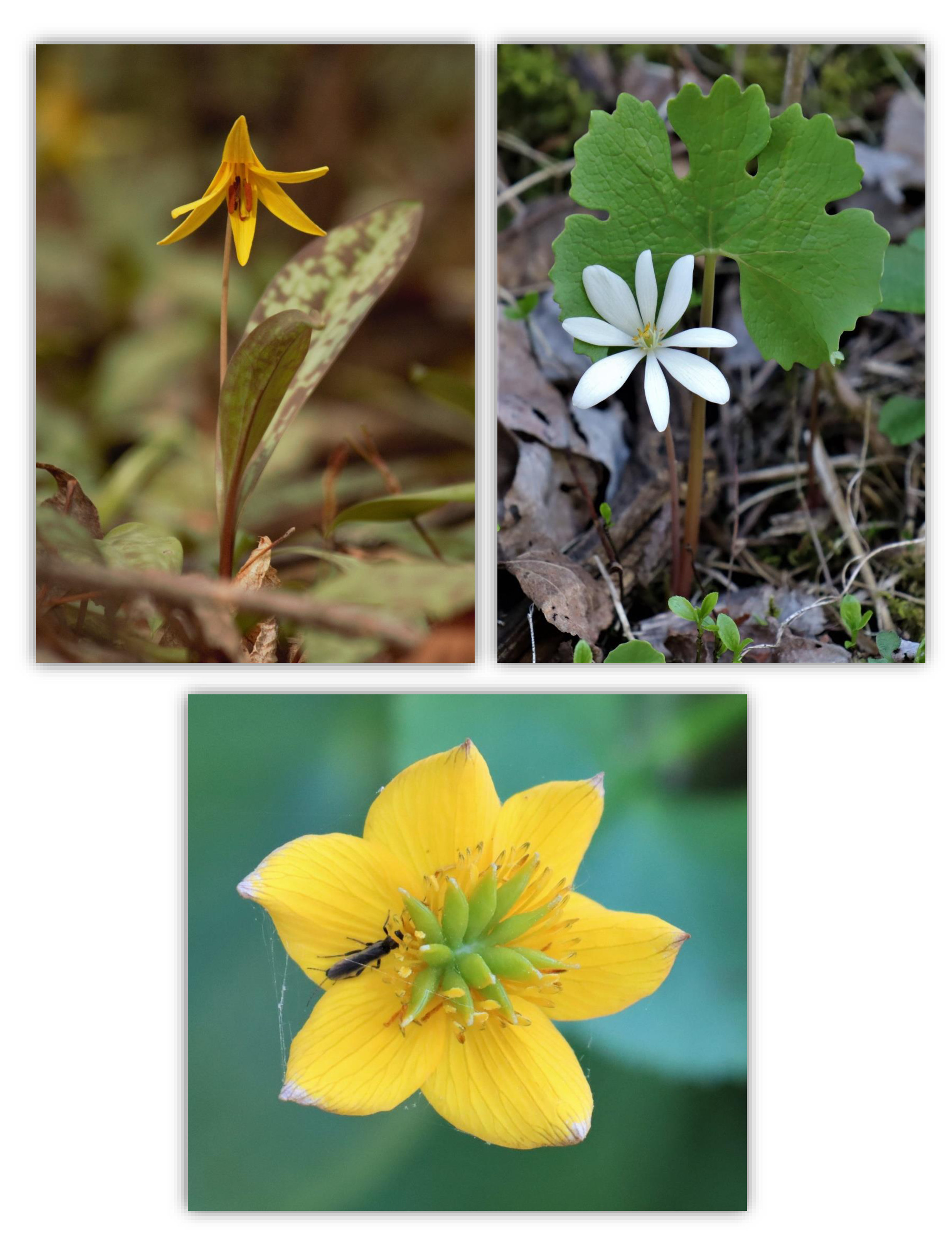Prince Edward County, Ontario, Canada
A Tale of Hanley Park North
Chalk One up for Mother Nature
by John Lowry
I have long included myself in the ranks of those who seek solace in the deep woods. I find sanctuary in the splendours of the forest. They are my refuge from the hectic pace of the modern world. And to seek out these oasis of natural beauty and tranquility I would not hesitate to drive some distance, for instance to places like Vanderwater Conservation Area or even the more distant Algonquin Provincial Park.
So imagine my pleasant surprise to discover recently, as a lifelong resident of east end Belleville, that one such little known sanctuary existed literally minutes from my front doorstep.

Just to the east of Haig Road there exists a strip of land that was once the farmstead of the Hanley family. The land was purchased speculatively by a real estate developer in the 1970s and allowed to go fallow. While the pasture fields have re-wilded naturally, it is apparent from aerial photos taken in the 1940s that what we now call the Maple forest had already been in existence for some time.
Fast forward to today and the entire property has been sub-divided into three parcels by subsequent owners with the intention of developing it for residential purposes. The southernmost parcel, Parkville Greens, has recently been stripped of most of its natural vegetation and is currently being developed.
But it is the northernmost parcel, Hanley Park North, which is the subject of this article. The property is 34.3 hectares in total and a significant portion of this is made up of Provincially Significant Wetlands that are part of the Bell Creek Swamp Wetland complex.

The crown jewel of the tract is the 3-hectare mixed hardwood forest located on the banks of Bell Creek, in the southeast corner of the property. An informal survey revealed that the woods contains over 80 larger older trees of which at least 50 appear to be well over 100 years or older. One truly magnificent White Oak towers above the forest and with a girth of 130 cm (50 inches) is likely well over 200 years old.
While the overwhelming majority of the trees are majestic Sugar Maples, the species list also includes White Oak, Basswood, Shagbark Hickory, Ash, Red Oak and White Pine.
The beauty of this small patch of forest is the fact that it has remained very much largely undisturbed by the hand of man. There is evidence that the maples may have once been tapped for their syrup but other than that the woods have been left alone. Scattered throughout the forest are large snags and the forest floor shows plenty of examples of fallen trees being recycled back into the soil.

And one only has to walk the well-worn trails in April to witness a glorious display of spring ephemerals. A carpet of Bloodroot, White Trilliums, Trout Lilies, Virginia Spring Beauties, Mayapple, Wood Anemone, Violets and Wild Blue Phlox greets the visitor.
In January 2021 the owner of Hanley Park North submitted their initial proposal to the City of Belleville’s planning department, a plan which if it had been approved would have seen the maple forest clearcut for a townhouse development.
However, largely in response to concerns raised by a citizen advocacy group called ‘The Friends of Bell Creek’, a revised proposal was submitted in March of this year that would see the development scaled back from 156 units to 103 and, most significantly, offers to withdraw any development completely from the maple forest, preserving it in its entirety.
So, in the frenzied race to develop any “underused green space” that is currently gripping the Quinte region it would appear that at least in this one instance, Mother Nature is leading by a nose, and perhaps, just perhaps, the many living things that call this beautiful forest home may have been granted a reprieve.

* ALL PHOTOS by JOHN LOWRY of BELLEVILLE *